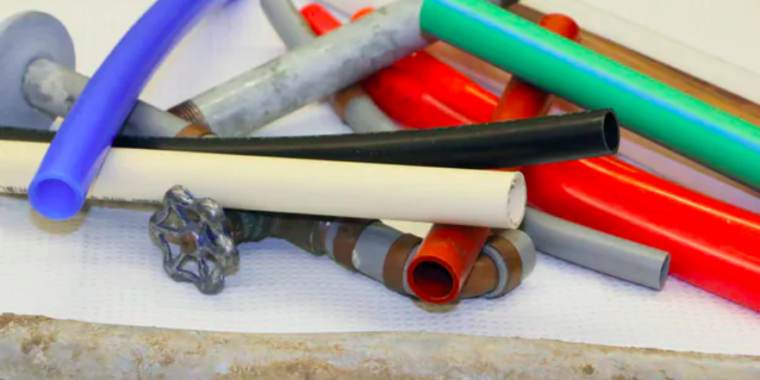Bronze Supporter
- Messages
- 8,273
- Reactions
- 18,058

Plastic pipes are polluting drinking water systems after wildfires
And it's a risk in urban fires, too.
Follow along with the video below to see how to install our site as a web app on your home screen.
Note: This feature may not be available in some browsers.


Plastic pipes are polluting drinking water systems after wildfires
And it's a risk in urban fires, too.arstechnica.com
This deserves to be repeated.It can't be any worse than all those chemicals people copiously gulp down in energy drinks and artificial sweeteners on a daily basis...
The last First Aid class I took, the instructor said that "kids" 35 and under were the leading demographic for strokes due to those things. I'll stick with my coffee.This deserves to be repeated.
Also consider that the folks who do imbibe in such drinks , "pay" for the privilege for doing so...
Andy
Roots burn underground, even days after the fire above ground is gone they can still be burning.
The fact that flushing the pipe with water eventually cleans up the toxins means that they are not released out of the remaining structure of the pipe over time.
Help a poor boy out here and explain in laymen's terms how this happens?